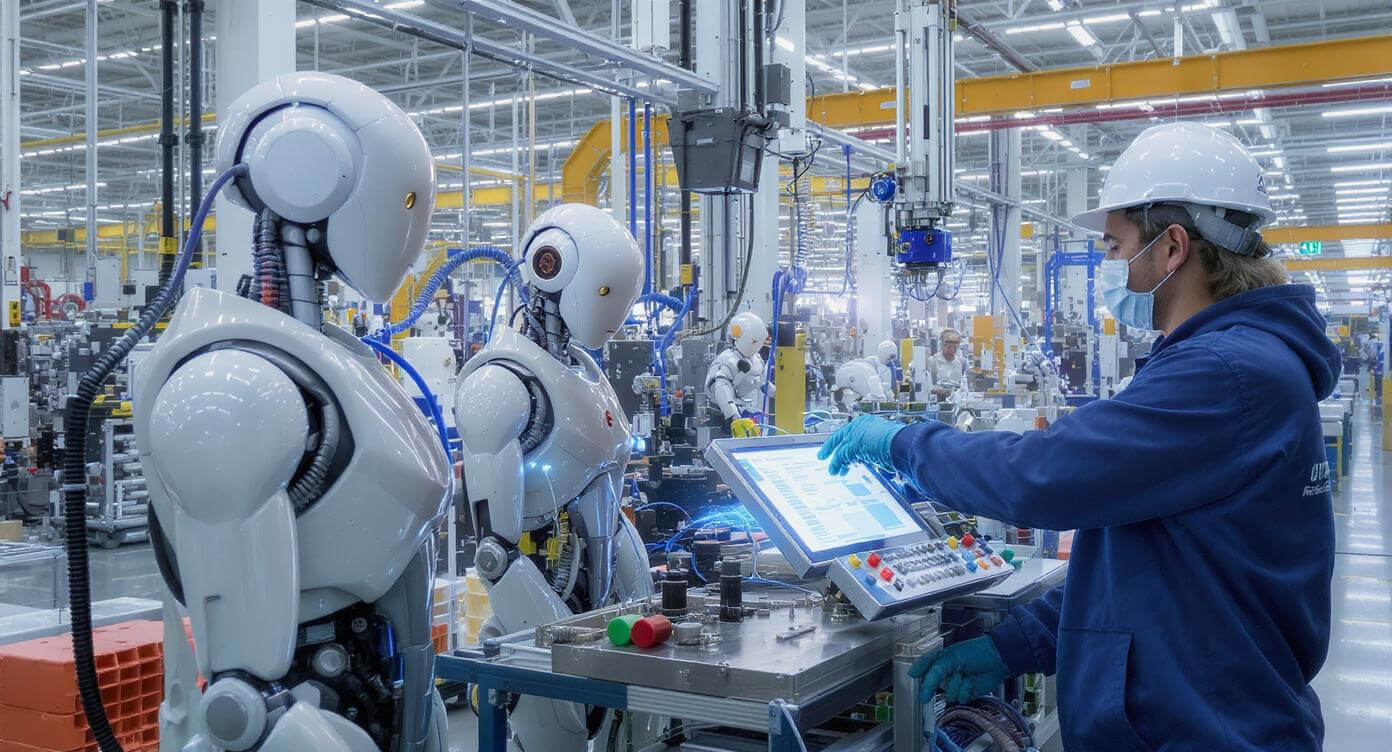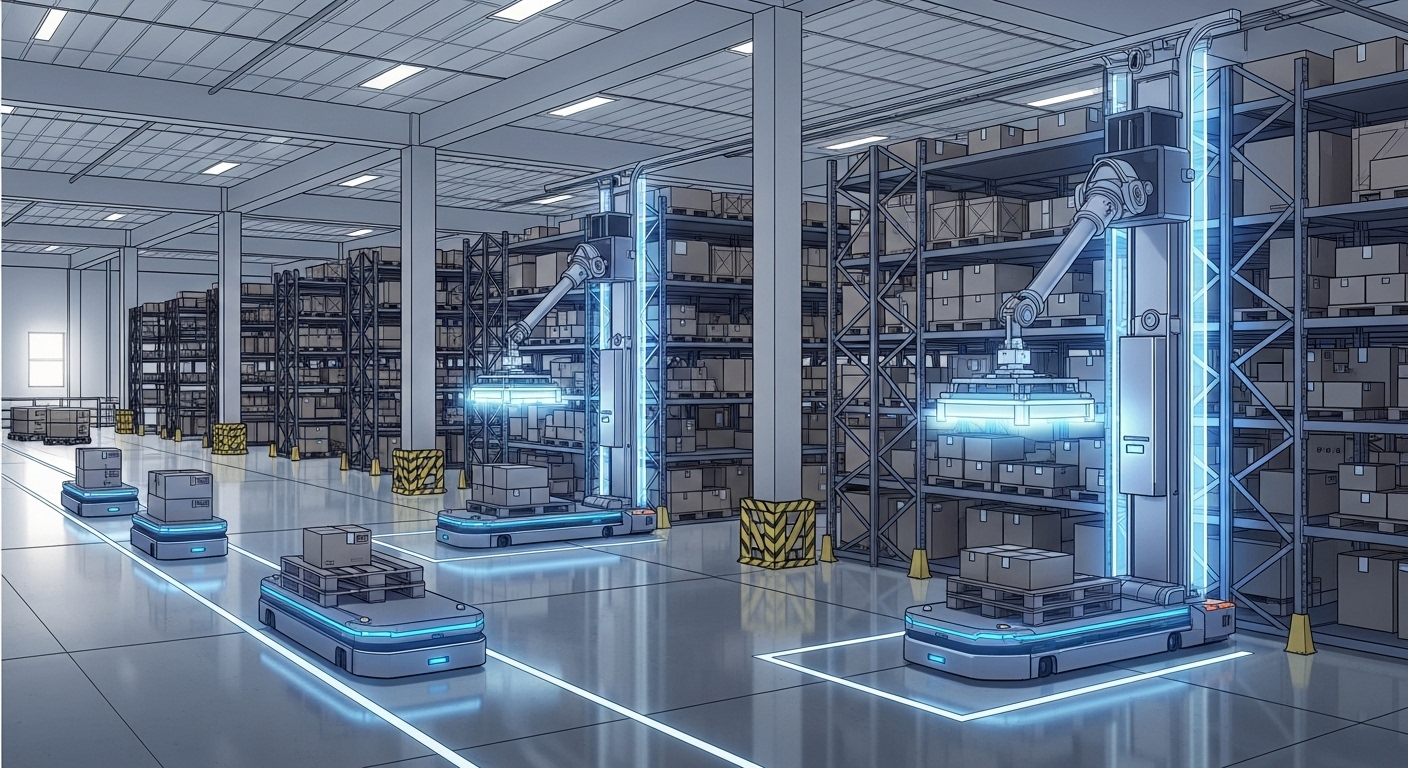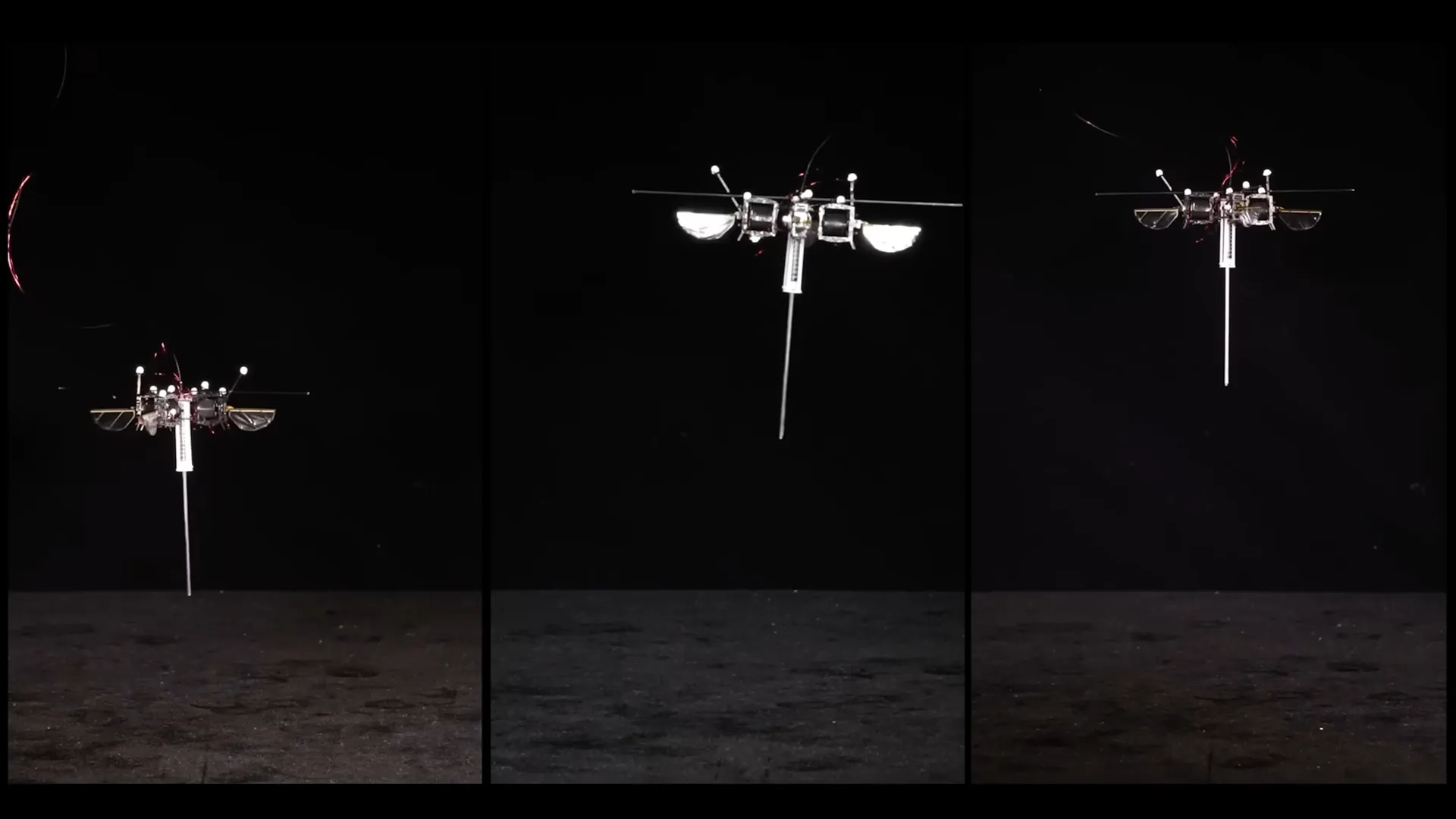- Cobots are collaborative robots designed to safely work alongside humans, equipped with advanced sensors, AI, and safety features to avoid collisions and enhance productivity.
- The cobot market is rapidly growing, projected to reach over USD 280 billion by 2034, driven by labor shortages, rising costs, and demand for flexible automation across manufacturing, logistics, healthcare, and agriculture.
- Key features driving cobot adoption include: safety compliance, ease of programming, adaptability for diverse tasks, and AI integration for smarter, more precise collaboration.
- Cobots augment rather than replace human workers, taking on repetitive or hazardous duties while enabling humans to focus on complex, creative, and decision-making roles.
- Real-world cobot applications span: assembly and inspection in manufacturing, material handling in logistics, surgical and lab support in healthcare, and planting and harvesting in agriculture.
- Challenges include: integration complexity, worker trust and acceptance, and evolving safety regulations.
- Future developments will leverage advances in AI, sensors, and soft robotics to make cobots smarter, safer, and even more versatile partners in human-machine collaboration.
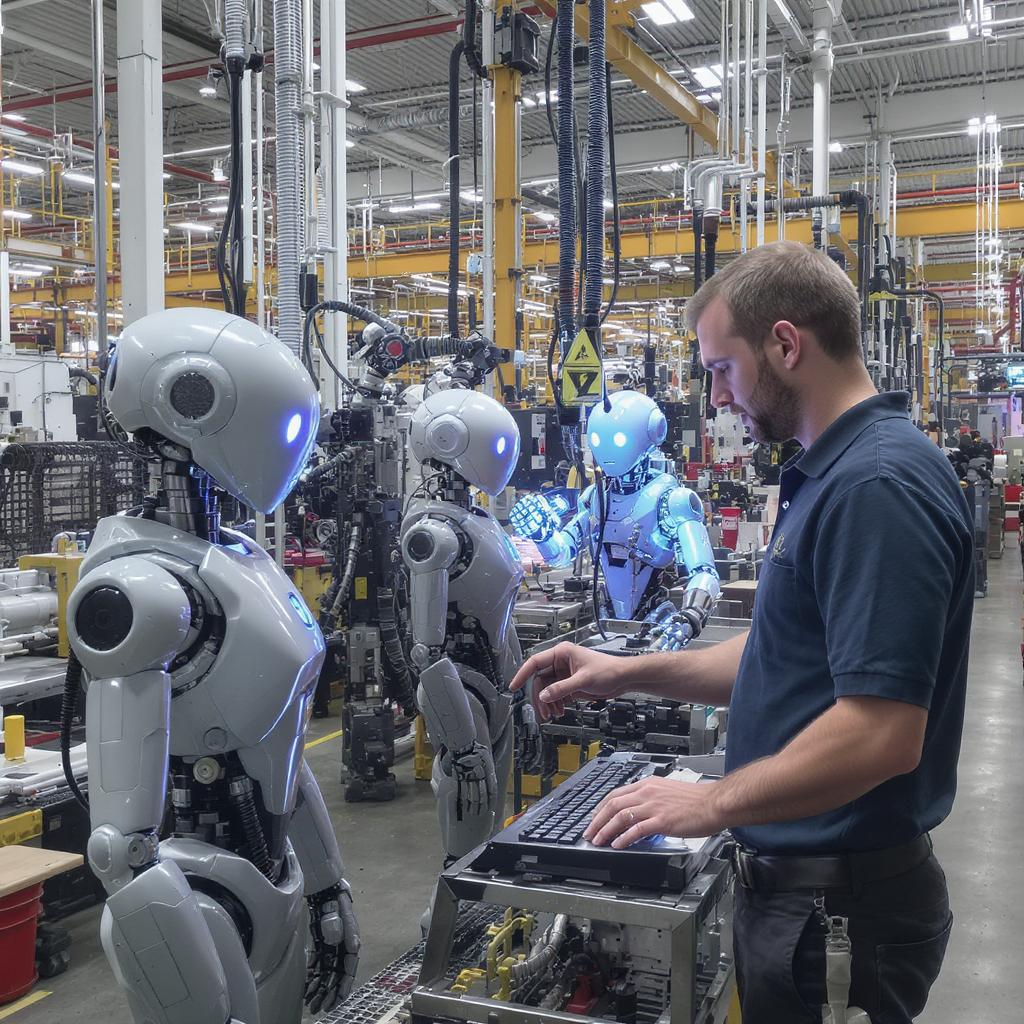
Imagine a factory floor where robots and humans work side by side—not separated by cages or barriers, but collaborating seamlessly. This is the world of collaborative robots, or cobots, and by 2025, they have become a cornerstone of modern automation strategies. Unlike traditional industrial robots that operate in isolation, cobots are designed to safely share workspaces with human colleagues, boosting productivity, flexibility, and workplace safety.
What Exactly Are Cobots?
Cobots are robotic systems built to collaborate directly with humans in shared environments. Equipped with advanced sensors, artificial intelligence, and safety features, these robots can detect human presence instantly and adjust their movements to avoid accidents. This makes them ideal for tasks requiring close human-robot interaction, such as assembly, quality inspection, packaging, and logistics.
Their design focuses on flexibility and user-friendliness, enabling them to perform complex, precision tasks while working safely alongside people.
Market Growth: A Rapidly Expanding Frontier
The market for cobots is booming. In 2024, the advanced robotics market—including cobots—was valued at around USD 44.74 billion and is projected to surge to over USD 280 billion by 2034, growing at an impressive CAGR of about 20%. This explosive growth is driven by industries grappling with labor shortages, rising costs, and the need for adaptable automation.
Manufacturing, logistics, healthcare, and agriculture are leading sectors embracing cobots. Their ability to integrate easily and their relatively low upfront costs make them especially attractive to small and medium-sized enterprises (SMEs) looking to modernize without massive investments.
What Makes Cobots So Popular? Key Features Driving Adoption
- Safety and Compliance: Cobots come equipped with force sensors, vision systems, and AI algorithms that allow them to detect humans instantly. They can slow down, stop, or change direction to prevent collisions, enabling safe operation without the need for cages or barriers.
- Ease of Use: Programming cobots has become remarkably intuitive. With drag-and-drop software, teach pendants, and even voice command capabilities, non-experts can quickly deploy and customize cobots to fit their specific tasks.
- Flexibility and Adaptability: Cobots can be reprogrammed and redeployed for different tasks, making them perfect for dynamic production lines and evolving operational needs. Their compact and lightweight design allows them to work in tight or complex spaces.
- AI Integration: Artificial intelligence enhances cobots’ ability to learn from their environment, optimize task execution, and collaborate more naturally with human coworkers. AI-powered sensors improve perception, enabling cobots to handle complex and variable tasks with greater precision.
How Cobots Are Changing Workforce Dynamics
Rather than replacing human workers, cobots augment human capabilities. They take over repetitive, hazardous, or ergonomically challenging tasks, reducing workplace injuries and fatigue. This shift allows human employees to focus on higher-value activities like quality control, decision-making, and creative problem-solving.
Many workers report higher job satisfaction when collaborating with cobots, as these robots relieve them from monotonous tasks and reduce physical strain. The partnership fosters a safer, more productive, and more engaging work environment.
Real-World Applications Across Industries
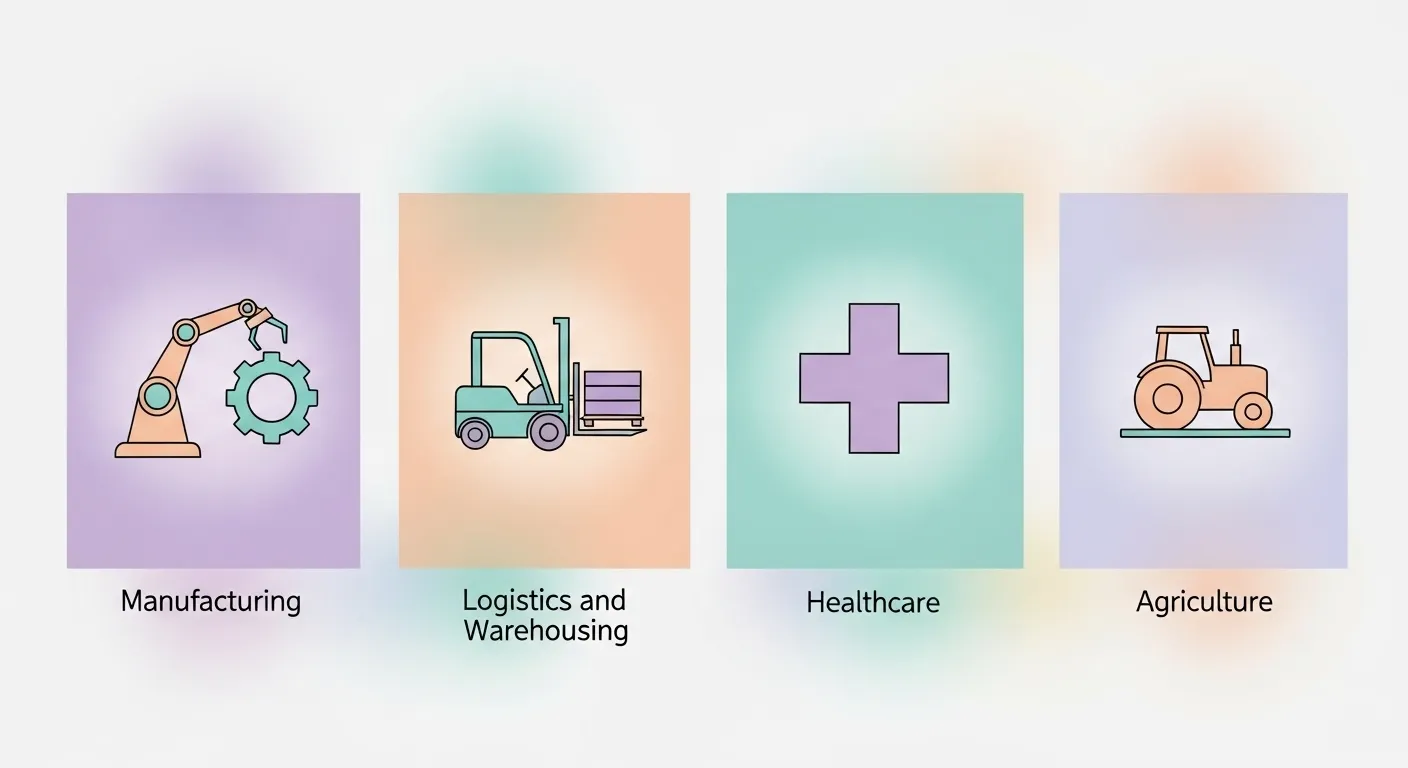
- Manufacturing: Cobots assist with assembly, welding, painting, and inspection. Their ability to work side-by-side with humans without safety cages enables flexible production lines and faster changeovers.
- Logistics and Warehousing: Cobots automate material handling, order picking, and packaging. For example, Amazon uses bipedal robots like Digit to handle packages alongside human employees, increasing throughput.
- Healthcare: Cobots support surgical procedures, laboratory automation, and patient care. Their precision and consistency improve outcomes while reducing human error.
- Agriculture: Cobots perform planting, harvesting, and sorting, helping address labor shortages and improve crop quality.
Challenges on the Horizon
Despite their benefits, cobots face challenges:
- Integration Complexity: Seamlessly incorporating cobots into existing workflows requires careful planning and sometimes customization.
- Human Acceptance: Building trust and ensuring workers feel comfortable working alongside robots is essential for successful adoption.
- Regulatory and Safety Standards: As cobots become more widespread, evolving safety regulations and standards will shape their design and deployment.
Additionally, researchers are exploring soft robotics, which uses flexible, compliant materials to enable safer physical interaction and the ability to handle delicate objects—expanding cobots’ application range.
Looking Ahead: The Future of Cobots
Advances in AI, sensor technology, and robotics engineering promise to make cobots smarter, safer, and more versatile. As these technologies mature, cobots will become even more capable partners, helping businesses improve productivity while enhancing worker safety and satisfaction.
Conclusion
Collaborative robots are not just tools; they are reshaping how humans and machines coexist in the workplace. Driven by labor shortages, rising costs, and the need for adaptable automation, cobots are rapidly becoming indispensable across industries. Their safety, flexibility, and intelligence make them powerful allies in driving productivity and innovation, heralding a new era of human-robot collaboration.
